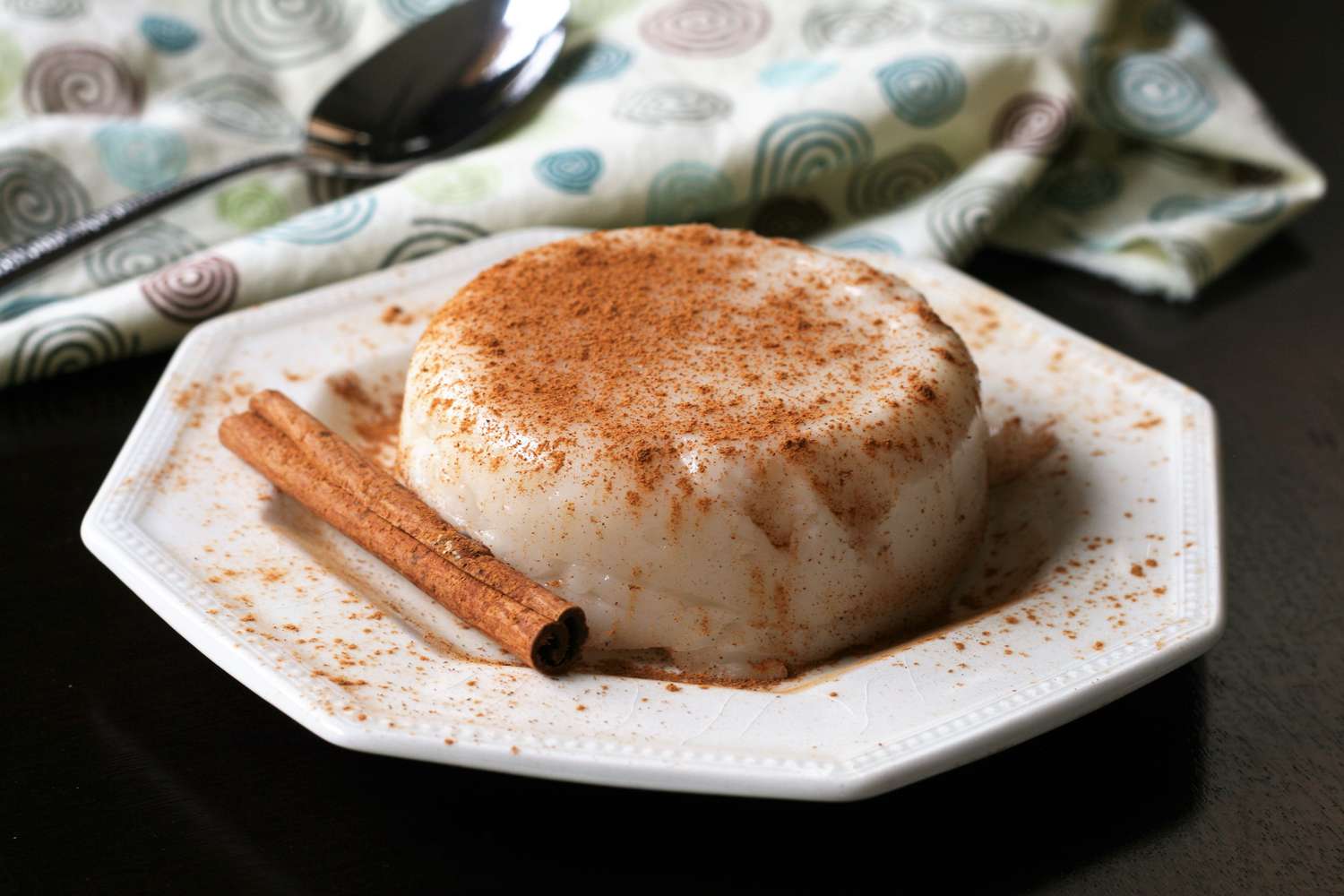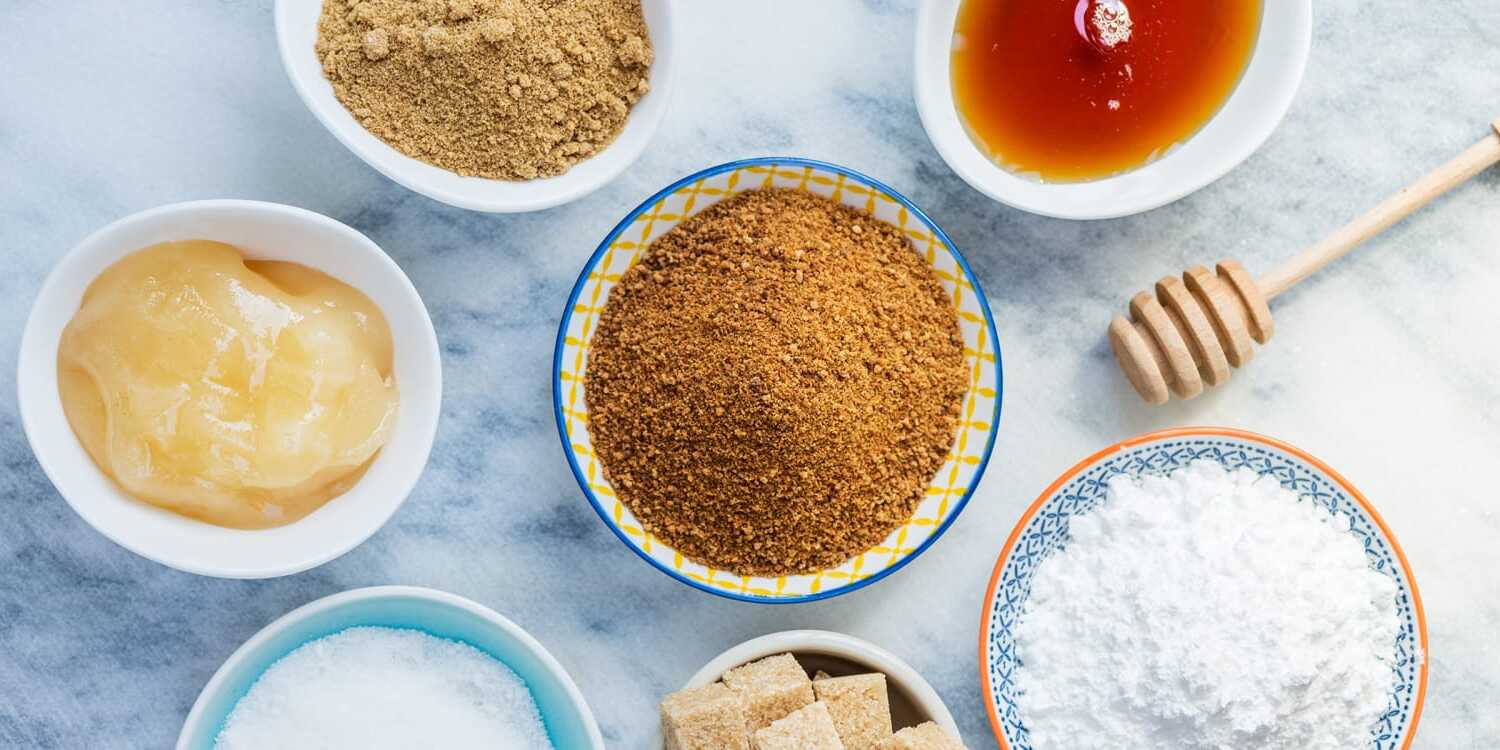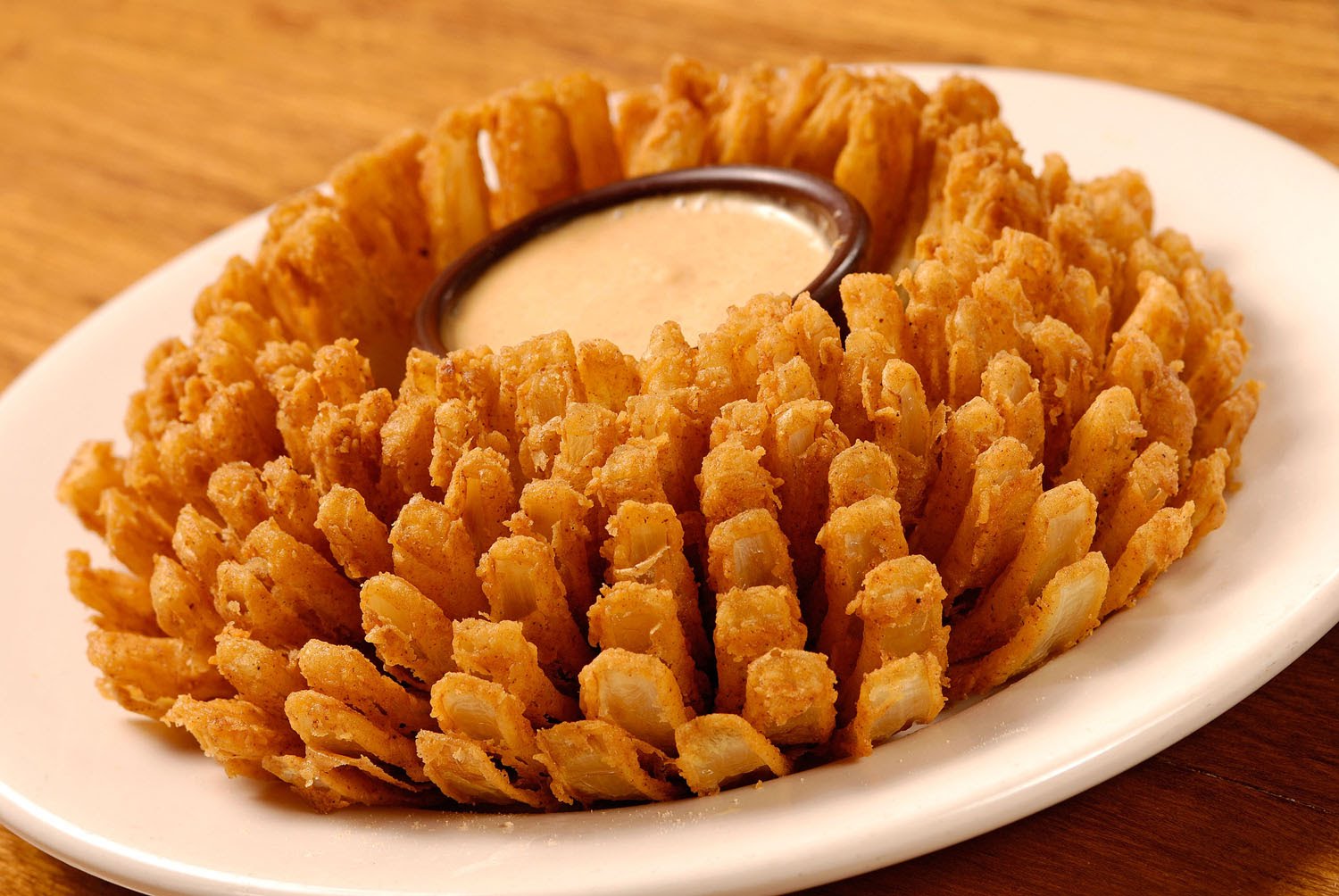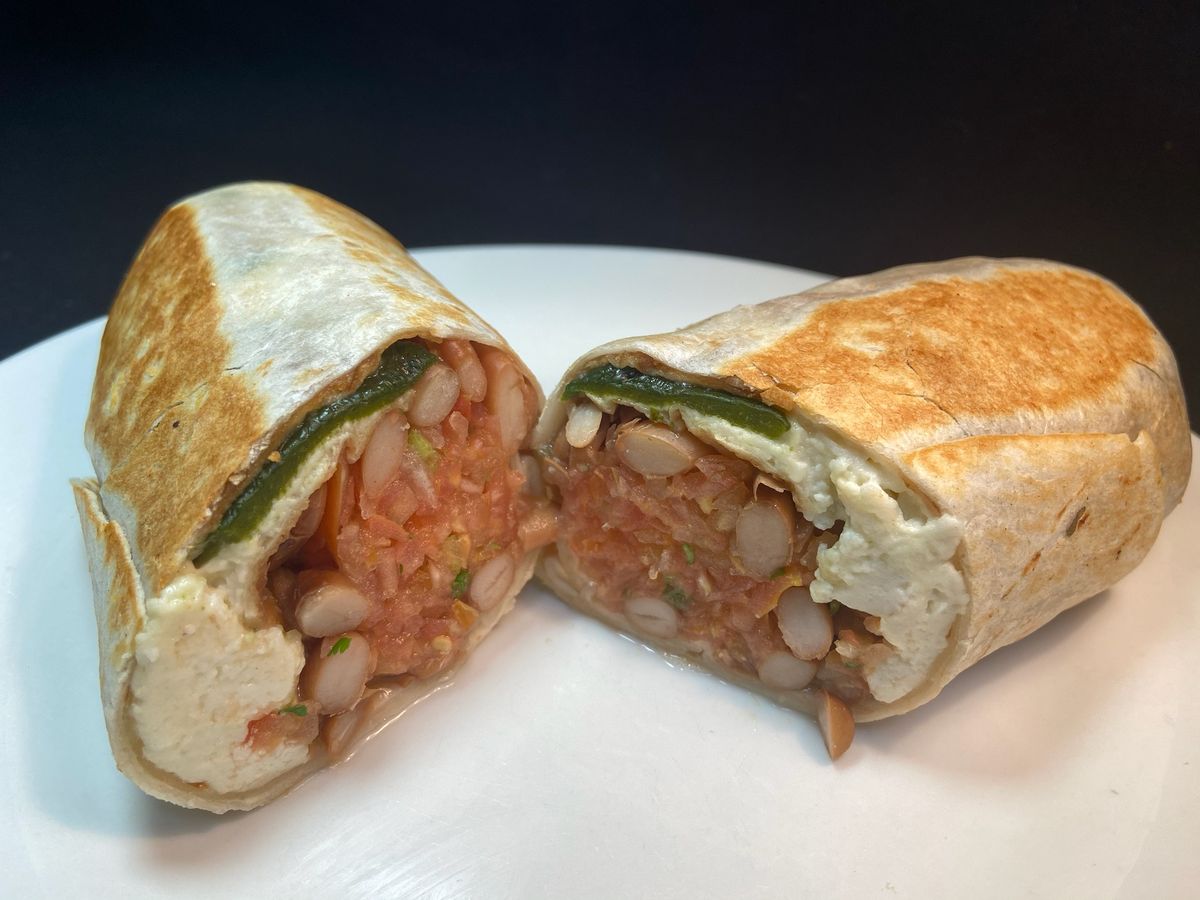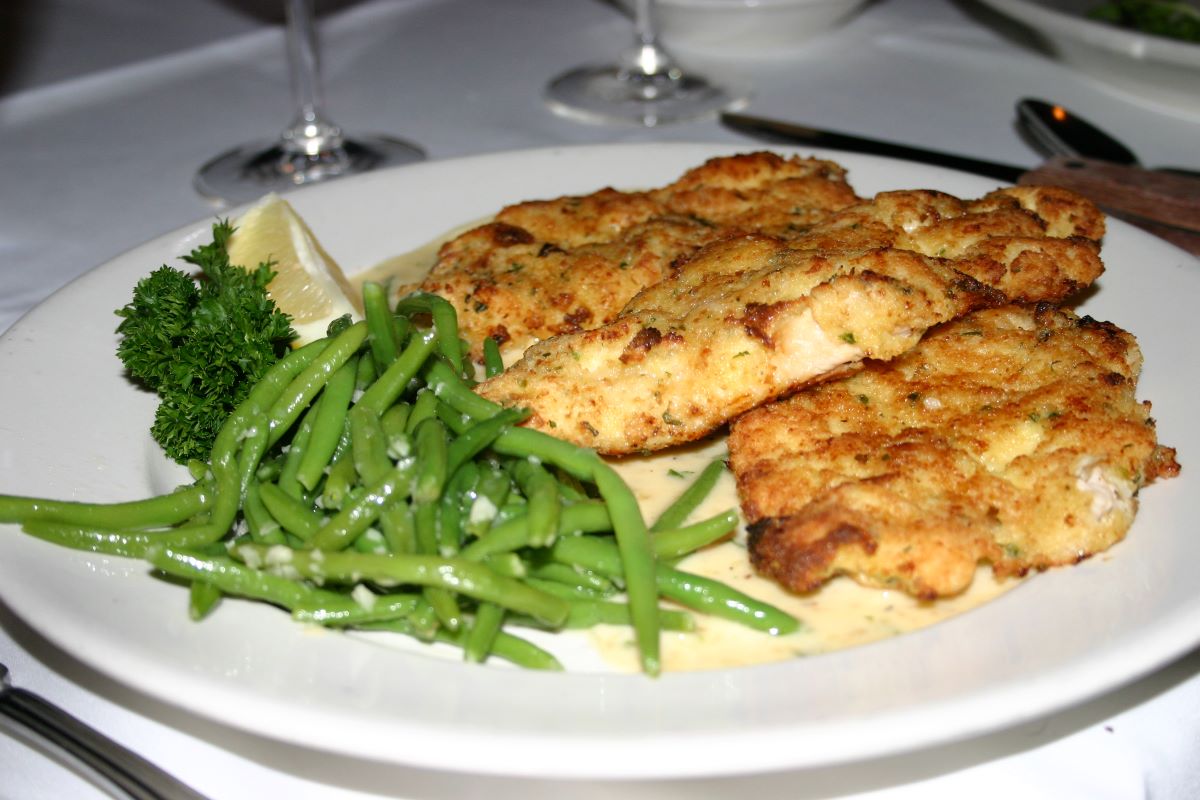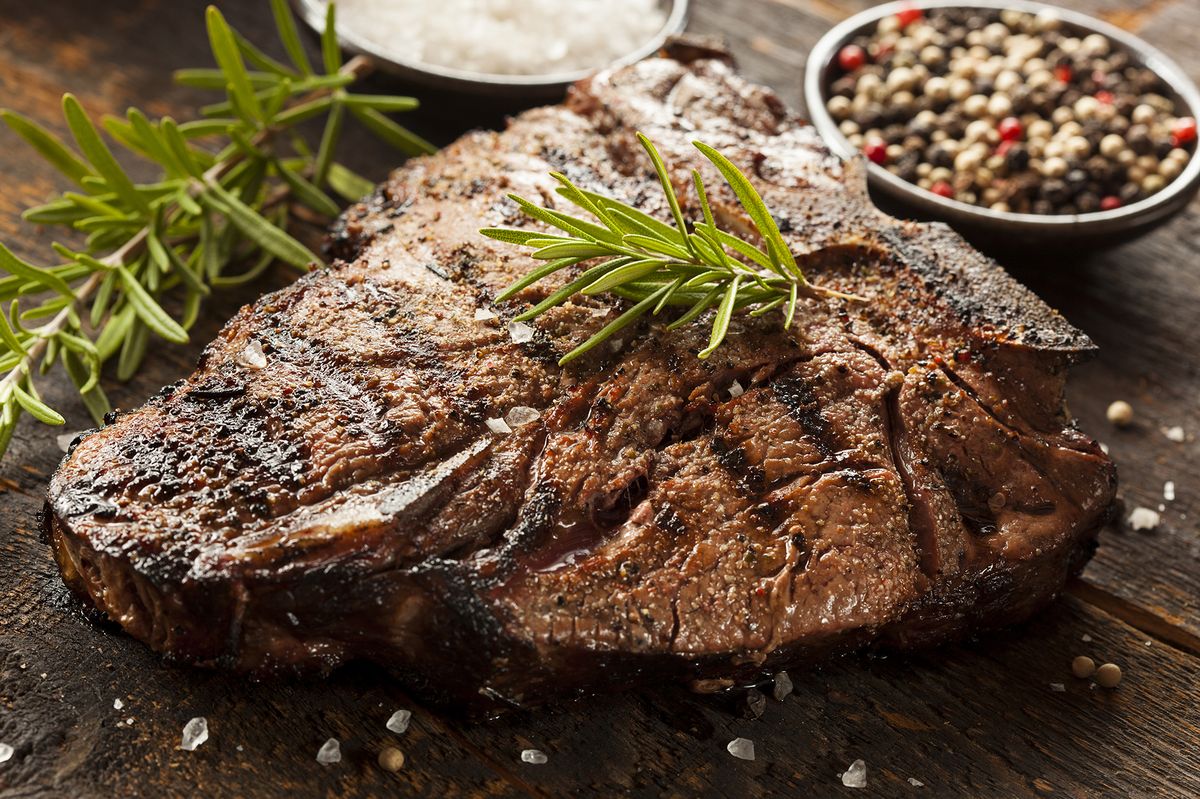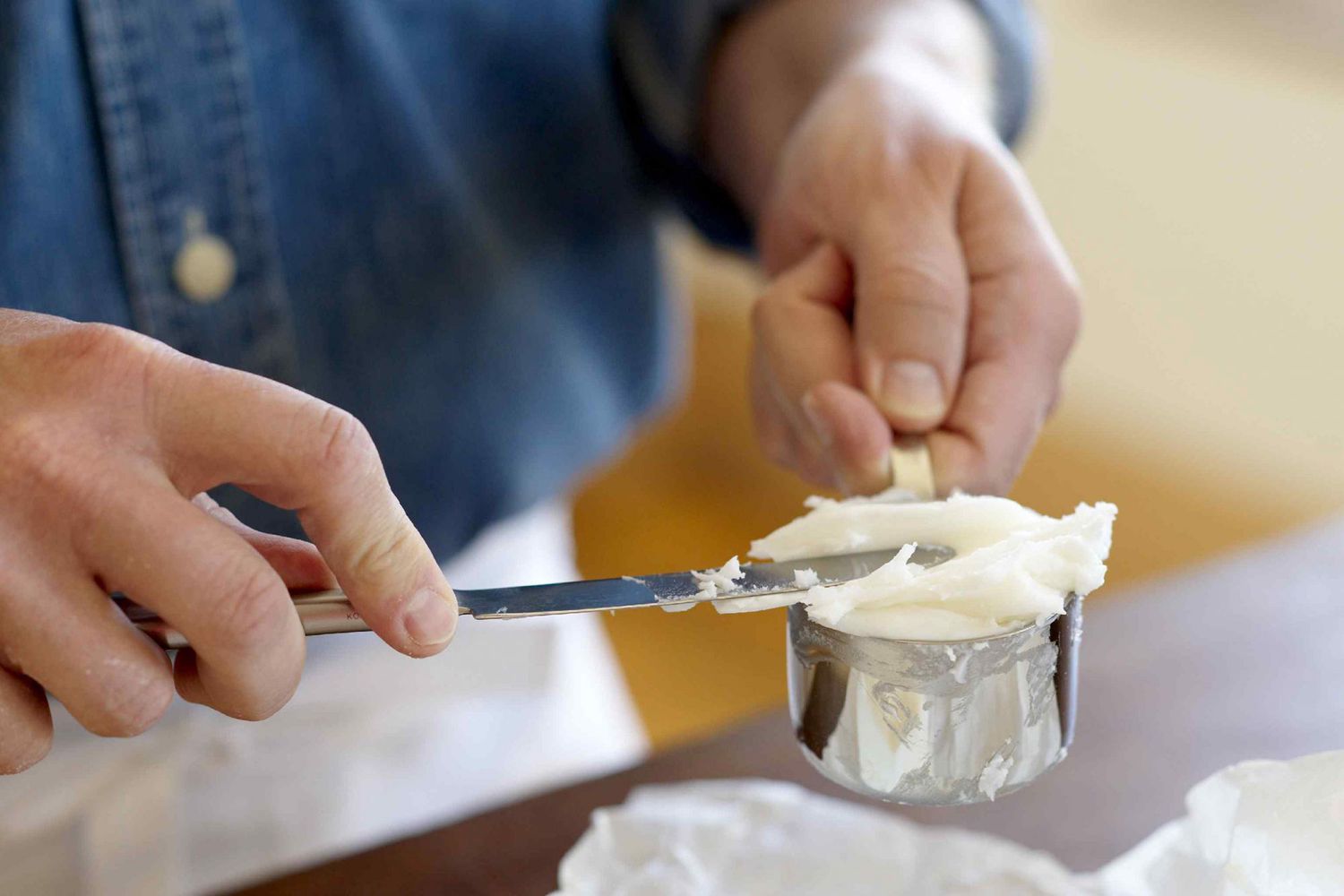When it comes to exploring the diverse and flavorful world of Caribbean cuisine, Haitian black rice stands out as a unique and beloved dish. Also known as "diri ak djon djon" in Haitian Creole, this traditional rice dish is a staple in Haitian cooking and is celebrated for its rich, earthy flavor and distinctive black color. In this article, we'll delve into the origins of Haitian black rice, its key ingredients, and the cultural significance of this beloved dish.
Origins and Cultural Significance
Haitian black rice holds a special place in the culinary heritage of Haiti, a country with a rich tapestry of African, French, and indigenous Taino influences. The dish's signature black color comes from the use of dried black mushrooms, known as "djon djon," which are native to the northern region of Haiti. These mushrooms not only impart a deep, smoky flavor to the rice but also lend it a striking ebony hue, making it a visually stunning addition to any meal.
In Haitian culture, black rice is often associated with celebrations and special occasions, such as weddings, holidays, and family gatherings. Its presence on the dining table symbolizes unity, abundance, and the coming together of loved ones. The dish is a source of pride for many Haitians, serving as a reminder of their heritage and the resilience of their culinary traditions.
Key Ingredients and Preparation
The key to creating authentic Haitian black rice lies in the use of traditional ingredients and cooking methods. Here are the essential components of this beloved dish:
-
Djon Djon Mushrooms: These dried black mushrooms are the star ingredient, infusing the rice with their distinct flavor and color. Before using them, they are typically rehydrated in water to release their aromatic essence.
-
Long-Grain Rice: Long-grain rice, such as jasmine or basmati, serves as the base for the dish. The rice is cooked with the rehydrated djon djon mushrooms, allowing it to absorb their flavors and turn a deep shade of black.
-
Aromatics and Seasonings: Onions, garlic, thyme, and scallions are often sautéed to create a flavorful base for the rice. Additionally, a pinch of salt and a small amount of vegetable oil are used to enhance the overall taste and texture of the dish.
To prepare Haitian black rice, the rehydrated djon djon mushrooms are first simmered in water to create a flavorful broth. The rice is then cooked in this mushroom-infused liquid, allowing it to take on the characteristic black color and savory notes. The aromatics and seasonings are added to further enhance the dish, resulting in a fragrant and visually striking creation.
Serving and Pairing
Haitian black rice is often served alongside a variety of protein-based dishes, such as griot (fried pork), poulet en sauce (chicken in creole sauce), or seafood preparations. Its robust flavor and striking appearance make it a versatile accompaniment to a wide range of main courses. Additionally, it can be enjoyed on its own as a satisfying and flavorful vegetarian dish.
When it comes to pairing beverages with Haitian black rice, consider serving it with a refreshing glass of té de djon djon, a traditional Haitian tea made from the same black mushrooms used in the rice. The tea's earthy and slightly nutty flavor complements the dish beautifully, creating a harmonious dining experience.
Embracing Haitian Culinary Traditions
In conclusion, Haitian black rice is a culinary treasure that reflects the vibrant and diverse heritage of Haiti. Its deep, complex flavors and cultural significance make it a beloved symbol of unity and tradition within the Haitian community. By embracing and celebrating dishes like Haitian black rice, we not only savor their delicious flavors but also honor the stories and traditions that have shaped them. Whether enjoyed at a festive gathering or as part of a cozy family meal, this iconic dish invites us to savor the rich tapestry of Haitian cuisine.
Was this page helpful?
Read Next: What Is A Catfish Fillet
